Description
The Old Blood Noise Endeavors Fault V2 Overdrive / Distortion Pedal is currently retailing at £229 and it is out of stock. Available to be delivered to you by post direct (some charge may apply).The team at Just Pedals think that Old Blood Noise nailed it with the Old Blood Noise Endeavors Fault V2 Overdrive / Distortion Pedal. Old Blood Noise Endeavors Fault V2 Overdrive / Distortion Pedal
We have new and used Old Blood Noise musical equipment available on our website for fast direct delivery from sellers across the UK & Europe.
Old Blood Noise Endeavors is a boutique effects pedal company based in the United States, known for its creative and experimental approach to guitar pedals. Founded by **Nick and Jessie** in 2014, Old Blood Noise focuses on pushing the boundaries of traditional pedal designs, offering unique soundscapes and innovative features. The company?s pedal range includes a variety of **delays**, **reverbs**, **modulation**, and **distortion** effects, with standout models such as the **Expression Repeater**, **Black Fountain Delay**, and **Alpha Haunt Fuzz**. Old Blood Noise pedals are appreciated for their ability to create atmospheric, unconventional sounds, often incorporating unusual controls and features that allow for deeper tonal exploration. With a strong emphasis on artistic expression and sonic experimentation, Old Blood Noise Endeavors is popular among musicians who seek to create new, inspiring tones and textures.
Distortion is a type of guitar effect that alters the sound by adding sustain, harmonic richness, and a gritty or aggressive character. It clips the audio signal, creating a more saturated and powerful tone. Distortion is commonly used in rock, metal, and punk music, offering everything from warm, crunchy overdrive to heavily saturated, high-gain chaos. Unlike overdrive, which mimics the natural breakup of a tube amp, distortion produces a more intense, compressed, and processed sound. Popular distortion pedals include the Boss DS-1, ProCo Rat, and MXR Distortion+.
Just Pedals is a new Guitar Effect Pedals Marketplace – We feature new and used Guitar Effect pedals from different sellers, to purchase online from the UK.
Noise gates, available on justpedals.co.uk, are pedals designed to reduce or eliminate unwanted background noise in a musician’s signal chain. They work by setting a threshold level so that only sounds above that level pass through, while softer, unwanted noises—like hum, hiss, or amp buzz—are suppressed or “gated” out. This is particularly useful in live performance or recording settings, where background noise can distract from the clarity and precision of a musician’s tone. Noise gates can create a cleaner, more polished sound, especially when used with high-gain setups or multiple pedals that may introduce noise.
These pedals typically offer adjustable controls for threshold, decay, and sometimes attack, allowing musicians to fine-tune the noise gate’s response for their specific setup and style. By setting the right threshold, musicians can preserve the dynamics of their playing while effectively managing noise. The noise gates on justpedals.co.uk cater to various needs, from straightforward, easy-to-use models to more advanced options with nuanced control settings. For guitarists and other musicians seeking a cleaner, more professional sound, noise gates provide a valuable solution to manage unwanted audio interference in their signal path.
A pedal is an electronic device that alters the sound of an electric guitar by applying various effects. Pedals are typically connected in a series between the guitar and amplifier, allowing guitarists to switch effects on and off with their feet while playing.
This enables musicians to quickly and easily change their sound, adding versatility and creativity to their performances.
Pedals are essential tools in many musical genres, including rock, blues, jazz, and metal, allowing artists to craft distinctive and dynamic soundscapes.
Once you buy one, you can’t stop and then you have to sell them and buy more.
Just the latest videos
Just related products
20% Off £34.99 £27.99
🎸[2 overdrive modes] Warm: The classic TS overdrive sound replica. Hot: More powerful, a louder, tightened sound. 🎸[Style-type] Combining iconic vintage tube overdrive sound with wide dynamic range, Donner overdrive pedal gives you a wide tonal range…
read more
£27.99
JOYO Vintage Overdrive guitar pedal with RC4558 chip is a representation of the classic TS808 tone. Producing warmer overtones at quieter volumes when used as a clean volume boost, and can achieve a harsher distortion as gain is increased. True Bypas…
read more
£209.00
Phase Repeater pedal – a unique blend of phaser and delay Stretch control – introduces delay in between the phase stages for a world of inimitable ambient textures Voice and Shape toggles – from vintage to modern phasing and all the way to random ste…
read more
£673.39
Discordant ringing drones, visceral octave scrapes, and ground-shaking distortion A triumphant return to Death By Audio's Queens workshop Overdrive, fuzz and octave Goes from totally silent to extremely loud Footswitchable octave Extended the range o…
read more
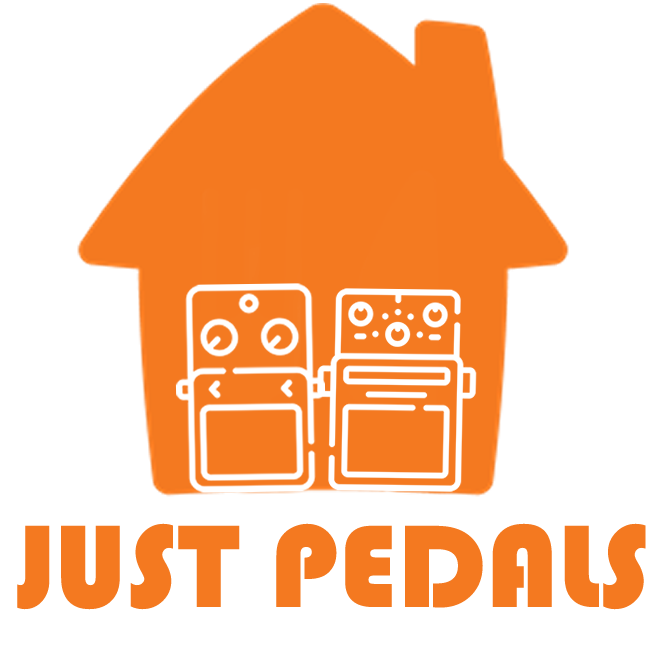
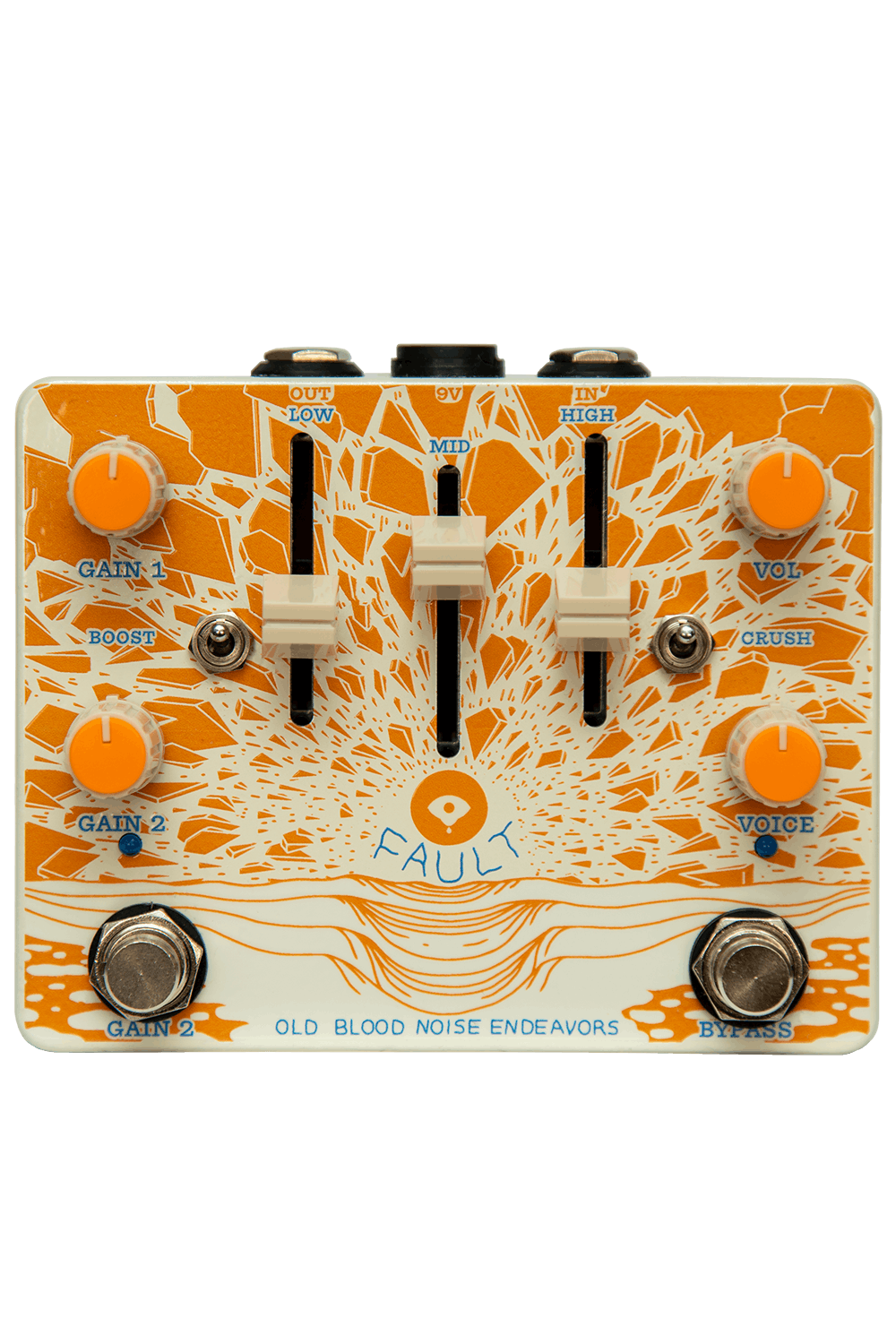
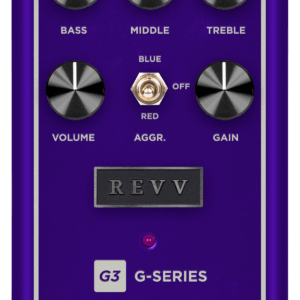
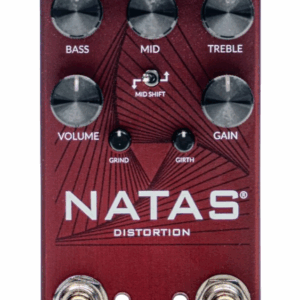
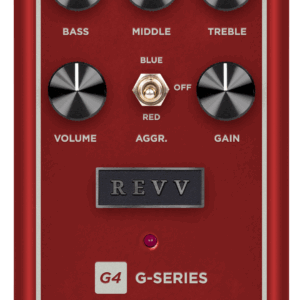
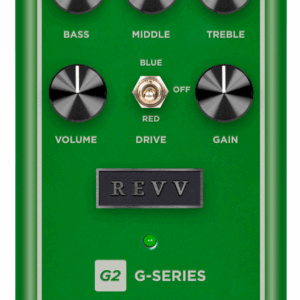
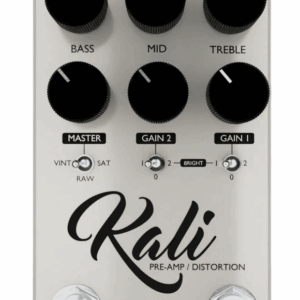
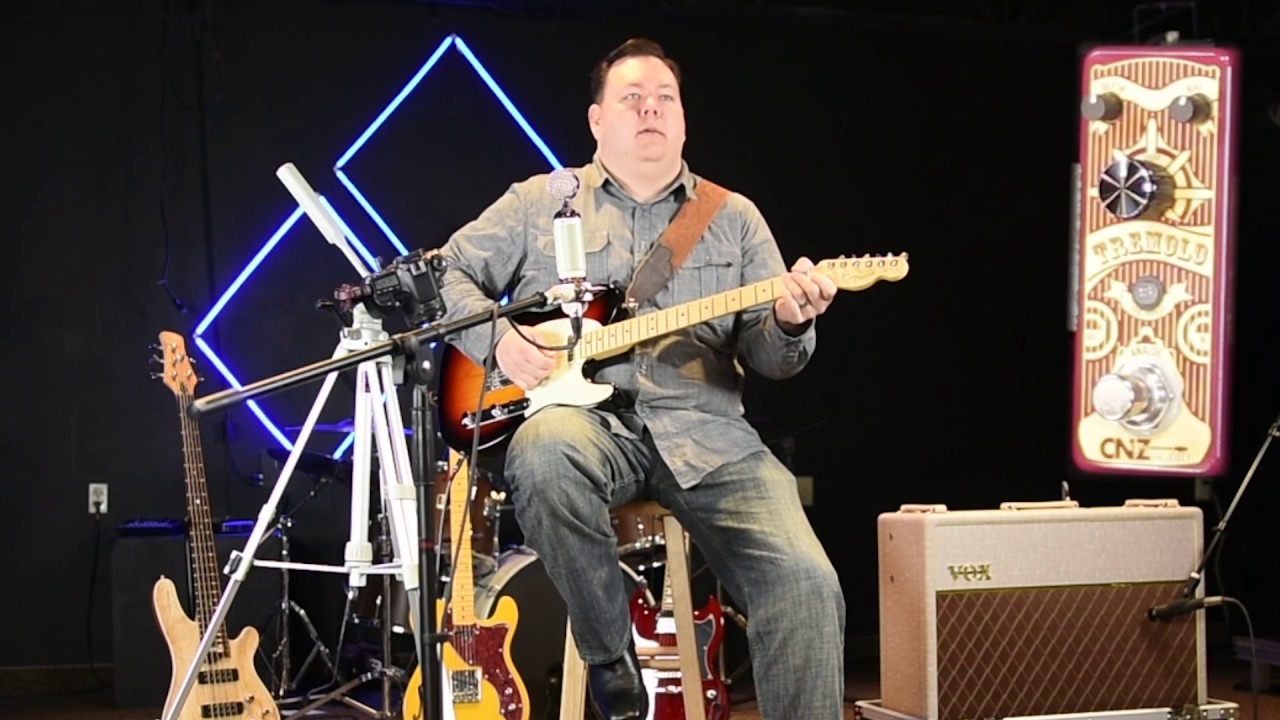
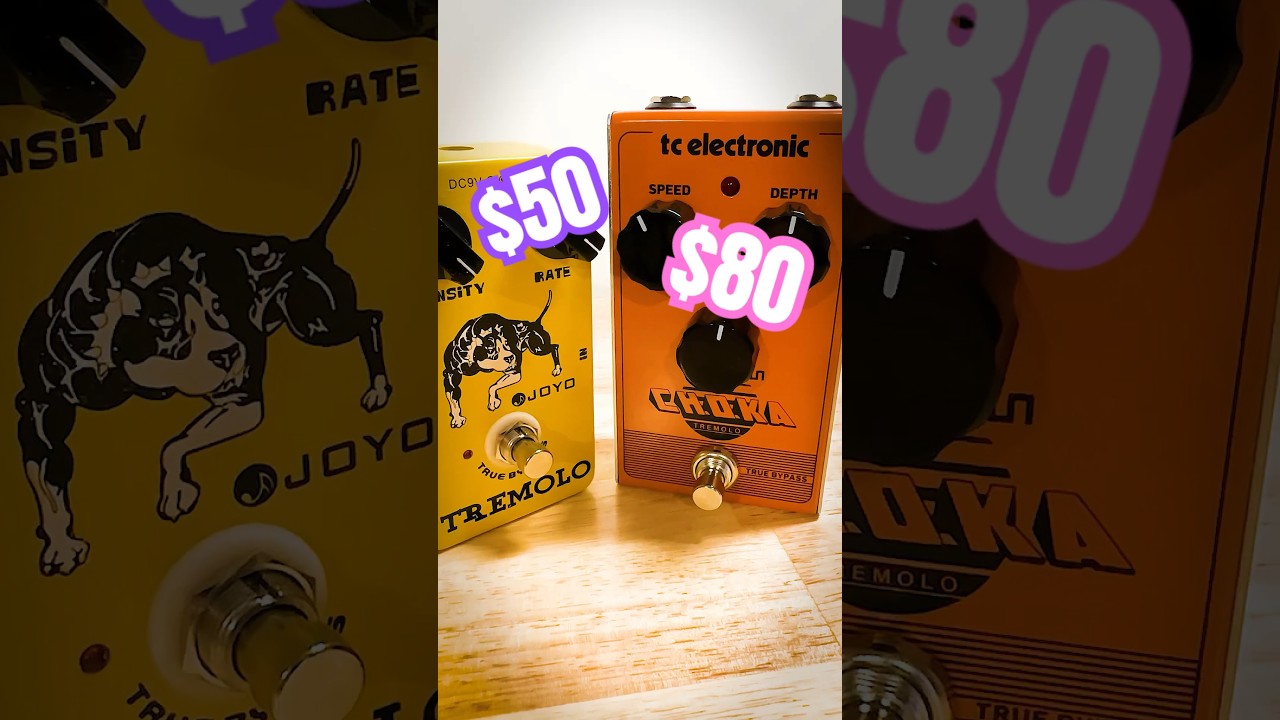



![🎸[2 overdrive modes] Warm: The classic TS overdrive sound replica. Hot: More powerful, a louder, tightened sound. 🎸[Style-type] Combining iconic vintage tube overdrive sound with wide dynamic range, Donner overdrive pedal gives you a wide tonal range...](https://m.media-amazon.com/images/I/41D+0SY95yL._SL160_.jpg)















